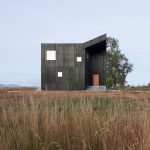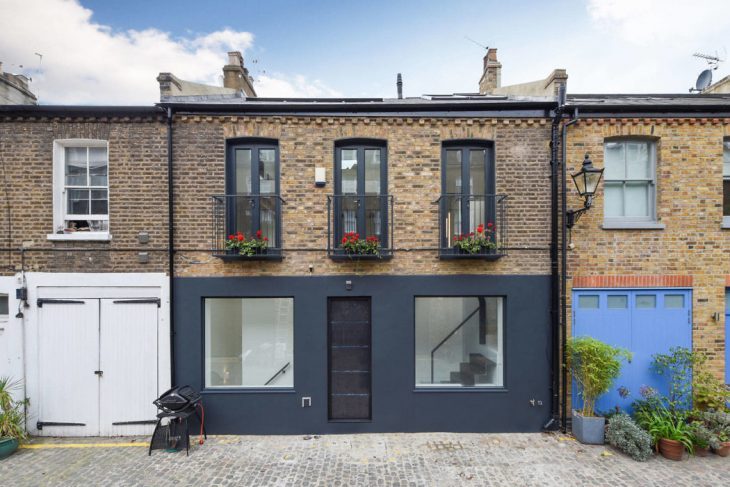
It’s one of the most feared words in a home owner’s vocabulary and to make matters even more complicated, damp comes in all shapes of sizes. Make a bad decision, and you can be left with all sorts of water damage that needs addressing. Get it right, and everyone lives happily ever after. Following on from the above, let’s take a look at the different types of damp and just how it affects your property.
Rising Damp
The first type of damp on the agenda is rising damp. This is one of those problems where you don’t need any scientific equipment to help you on your way; you can usually see it a mile away. It tends to resemble tide marks that climb their way up the wall, although never surpass one meter in height.
The problem occurs when water from the ground rises through the walls. The main reason why this happens is usually because a damp-proof course hasn’t been fitted. This tends to have occurred in older properties, which weren’t subjected to the same building regulations that modern-day construction needs to adhere to.
While the ideal solution is to install a damp-proof course, there are injectable ones that can make the job much easier for you.
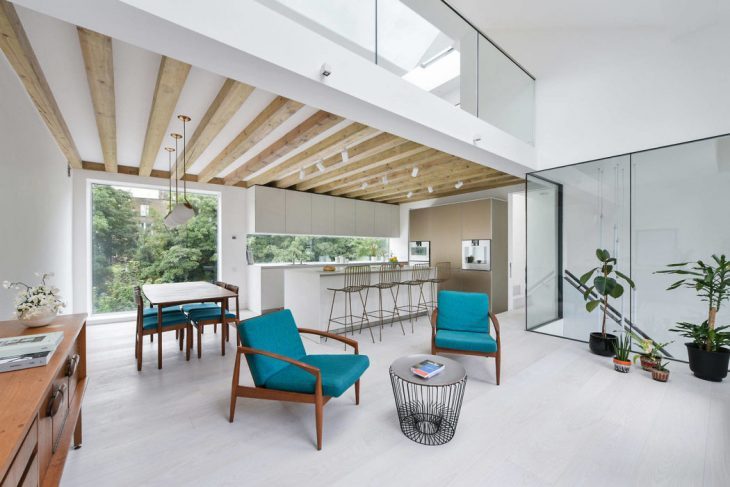
Penetrating Damp
Another common form is penetrating damp. This time, the damp arrives from the outside walls, with water tending to seep straight through into the internal walls.
This type of damp can occur in those houses which are heavily exposed to the weather, which tends to happen in coastal areas. It can also be a problem if you have a leaking pipe, or something else which is subjecting one of your walls to a large amount of water.
These reasons tend to be much easier to combat than rising damp, and your main aim is generally preventing as much water from coming into contact with the wall.
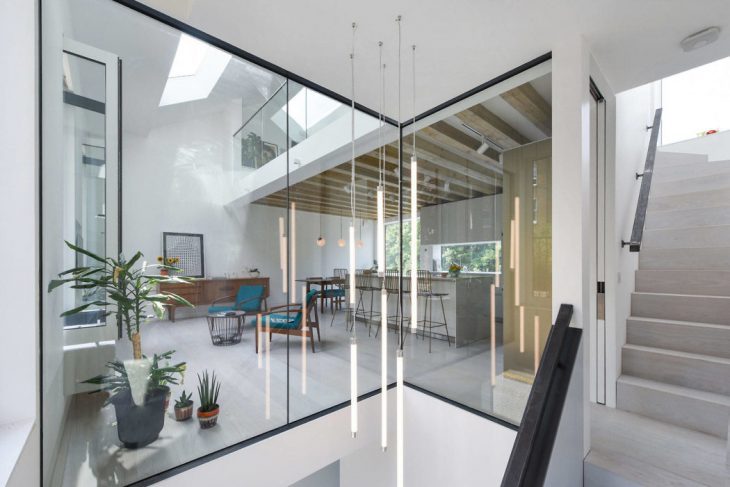
Condensation
Something that is often mistaken for the above two problems is condensation. Quite often, condensation occurs due to lifestyle issues. For example, you might be drying your closes in a confined space, where the temperature variance is substantial in comparison to other rooms in the house. In turn, this results in extra water vapor hitting the air and thus forming condensation.
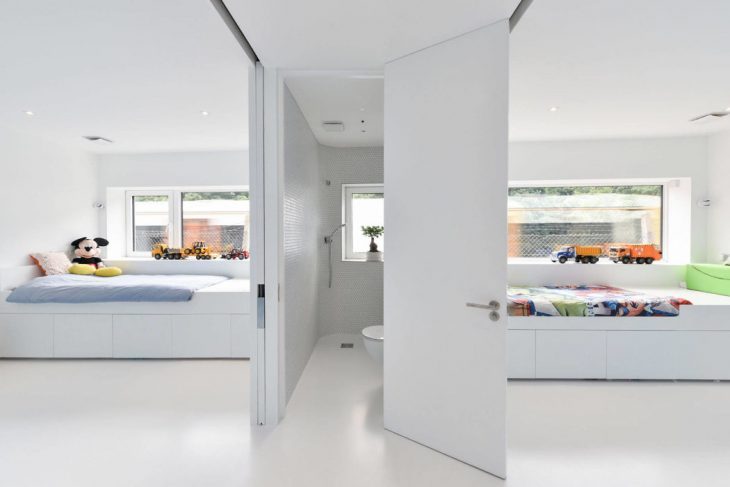
However, the top and bottom of condensation in most cases is a lack of ventilation. This is one of the reasons why older houses are particularly susceptible to the problem, and why you should inspect the window and doorframes very closely if you are in the market for a new home that you think might be affected by the problem.
It’s worth highlighting that condensation and damp both carry significant health concerns, particularly if the issue has developed into black mold. For those households with children or the elderly residing in them, it goes without saying that this can be extremely dangerous and needs to be attended to as a matter of urgency.
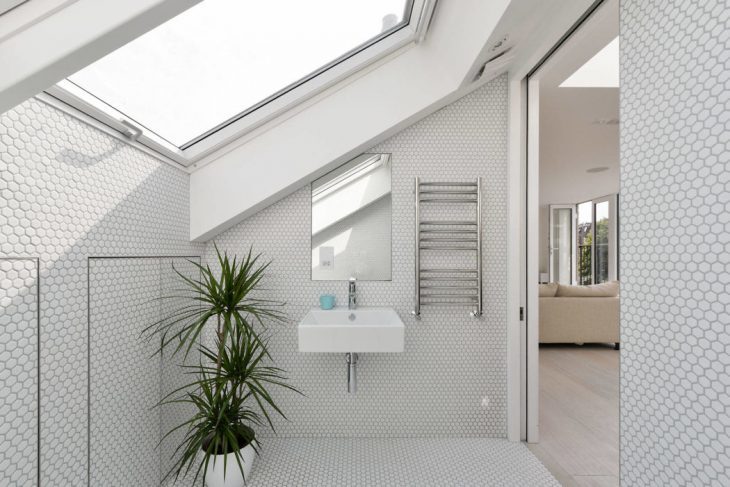
Images from Mews House by Hogarth Architects – See the Full Story Here



